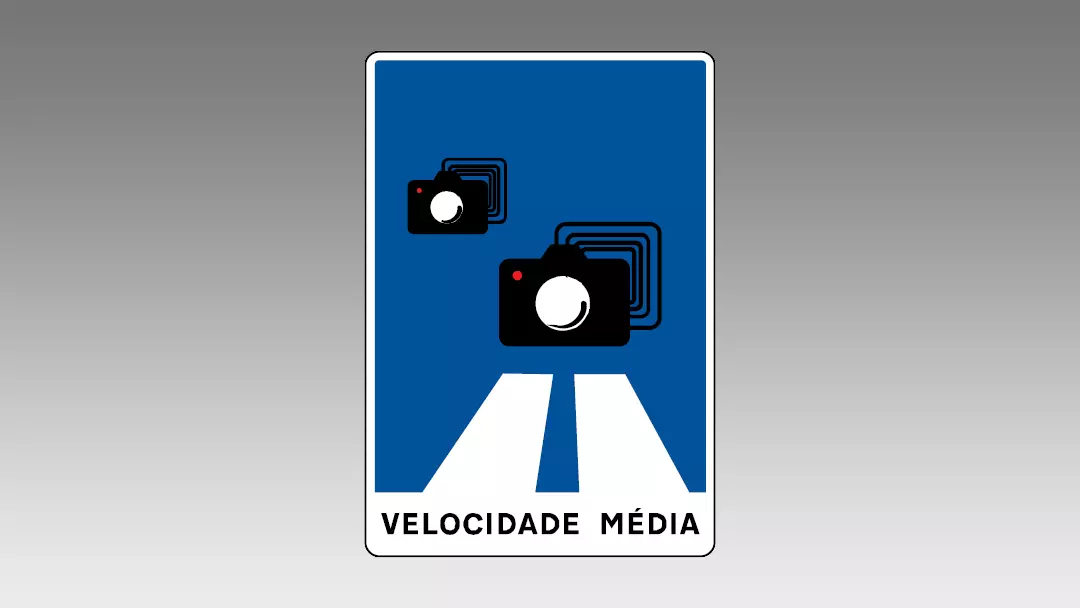They are already a common presence on Spanish roads, but now, little by little, average speed cameras are also becoming a reality on Portuguese roads and highways.
If you remember, about a year ago (2020) the National Road Safety Authority (ANSR) announced the acquisition of 10 radars of this type, equipment that will alternate between 20 possible locations.
Average speed cameras on Portuguese roads will, however, be identified with their own signage, in this case the yestraffic sign H42 . Unlike “traditional” radars that measure instantaneous speed, this system does not emit any radio or laser signals and is therefore not detectable by “radar detectors”.

More chronometer than radar
Although we call them radars, these systems work more like a stopwatch with cameras, indirectly measuring the average speed.On sections with average speed cameras, there is one or more cameras that, at the beginning of a certain section, photograph the vehicle registration number, recording the exact time the vehicle passed. At the end of the section there are more cameras that identify the registration plate again, recording the departure time of that section.
Then, a computer processes the data and calculates whether the driver covered the distance between the two cameras in less time than the minimum stipulated to comply with the speed limit in that section. If this is the case, the driver is considered to have driven at excessive speed.
To get a better idea of how this system works, we leave an example: on a monitored section 4 km long and with a maximum allowed speed of 90 km/h, the exact minimum time to cover this distance is 160s (2min40s), that is, the equivalent of an exact average speed of 90 km/h measured between the two control points.
However, if a vehicle travels that distance between the first and second control point in a time less than 160s, it means that the average speed of passage will be greater than 90 km/h, above the maximum speed stipulated for the section (90 km /h), thus being overspeeding.
It should be noted that average speed cameras do not have a “margin for error”, as it is the time spent between two points that is measured (the average speed being calculated), and therefore any excess is penalized.
Don't try to "deceive" them
Taking into account the method of operation of medium speed radars, they are, as a rule, considerably difficult to circumvent.
Discover your next car
They are usually installed in sections where there are no junctions or exits, forcing all conductors to pass through the two control points.
On the other hand, the “trick” of stopping the car to make time is, first of all, counterproductive: if they are speeding — which they shouldn't — to “save time”, they would lose that gain just to not be caught by the radar. Secondly, these radars will be present in sections where it is prohibited or very difficult to stop.
